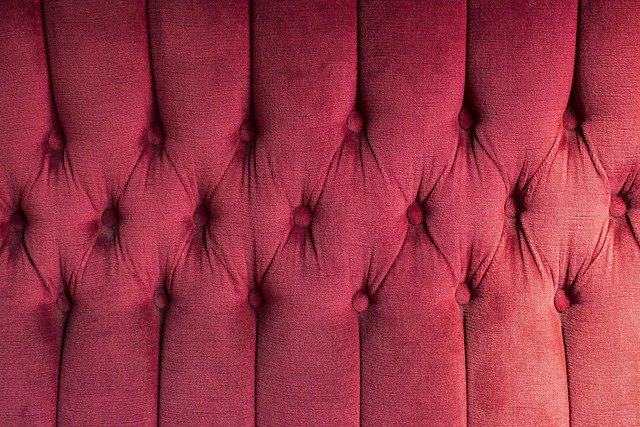Selecting fabrics that withstand wear while keeping comfort
Choosing fabrics for a living room involves balancing durability with comfort so your sofa and seating stay attractive and usable over time. This teaser outlines practical considerations—textiles, materials, color, and arrangement—that influence long-term performance and daily comfort in shared spaces.

Selecting fabrics that endure daily use without sacrificing comfort is a key part of designing a practical, pleasant living room. Durable upholstery supports high-traffic seating and helps maintain a room’s appearance, while comfortable textiles invite relaxation. When choosing fabrics, consider the interplay of material performance, how furniture is arranged, the amount of naturallight and artificial lighting present, and the overall layout and storage needs. Thoughtful selection reduces maintenance and keeps furniture functional for years.
How should sofa and seating fabrics be chosen?
When selecting fabric for a sofa or other seating, start with how the piece will be used. Homes with frequent guests, children, or pets benefit from tight-weave, high-tensile textiles that resist abrasion. Look for fabric ratings or rub counts where available and prefer finishes that discourage staining. For seating comfort, consider fabrics with a soft hand or layered constructions that mask firmness. Combine durable upholstery on high-contact surfaces with softer accent cushions to balance longevity and comfort.
What textiles balance durability and comfort?
Blends often offer practical performance: natural fibers like cotton and linen provide breathability and comfort but can be blended with synthetic fibers such as polyester or acrylic to improve strength and stain resistance. Performance textiles designed for heavy use replicate natural textures while offering better cleanability. Consider microfiber and tightly woven synthetic blends for active households; they generally handle wear well while remaining soft. Evaluate fabric weight, weave, and finish rather than relying on fiber names alone.
Which materials resist stains and wear?
Material choice affects abrasion resistance, pilling, and ease of cleaning. High-density synthetic fibers and treated natural fabrics usually resist staining and fading more effectively than untreated linens. Leather and faux leather perform differently: leather can be long-lasting and develops character, while some faux leathers are easier to wipe clean but may crack over time. Pay attention to backing and construction—reinforced backing improves dimensional stability, and stain-resistant finishes can extend usable life without compromising comfort.
How does color and flooring influence fabric choices?
Color and pattern impact perceived wear. Mid-tones and modest patterns conceal dirt and everyday marks better than very light or solid dark shades. Coordinate fabric color with flooring materials: carpet, hardwood, or tile each present different maintenance expectations and dust profiles. For rooms with light-colored flooring, choose upholstery that manages contrast and reduces visible lint or pet hair. Consider how color choices harmonize with overall furniture, storage solutions, and the room’s lighting to maintain a cohesive appearance despite wear.
How do lighting, naturallight and layout affect fabric performance?
Lighting—both naturallight and artificial—affects how fabrics age and how stains are noticed. Prolonged sun exposure can fade dyes, so orient seating away from intense sunlight or use UV-protective window treatments. Bright overhead lighting highlights texture and wear; adjustable lighting can reduce the appearance of minor imperfections. The layout and arrangement of furniture influence traffic flow and where wear will concentrate; place durable materials in high-traffic zones and reserve delicate textiles for less-used pieces or decorative cushions.
How do acoustics, zoning, scale and arrangement matter?
Acoustics and zoning are often overlooked when choosing fabrics. Heavier textiles and layered fabrics help dampen sound, improving comfort in active living rooms. Use larger pieces of durable upholstery in zones with regular activity and softer throws or rugs to define quieter areas. Scale matters: properly sized furniture distributes use evenly, reducing concentrated wear. Thoughtful arrangement that balances seating, storage, and circulation ensures durable pieces are used appropriately while maintaining a comfortable environment for occupants.
Choosing fabrics that stand up to everyday life while remaining comfortable requires a mix of material knowledge, practical planning, and attention to context. Assess how each piece will be used, match textile performance to activity levels, and consider color, scale, flooring, and light exposure when making selections. Strategic choices—such as performance blends on primary seating and softer accents elsewhere—help preserve appearance and comfort over time.





